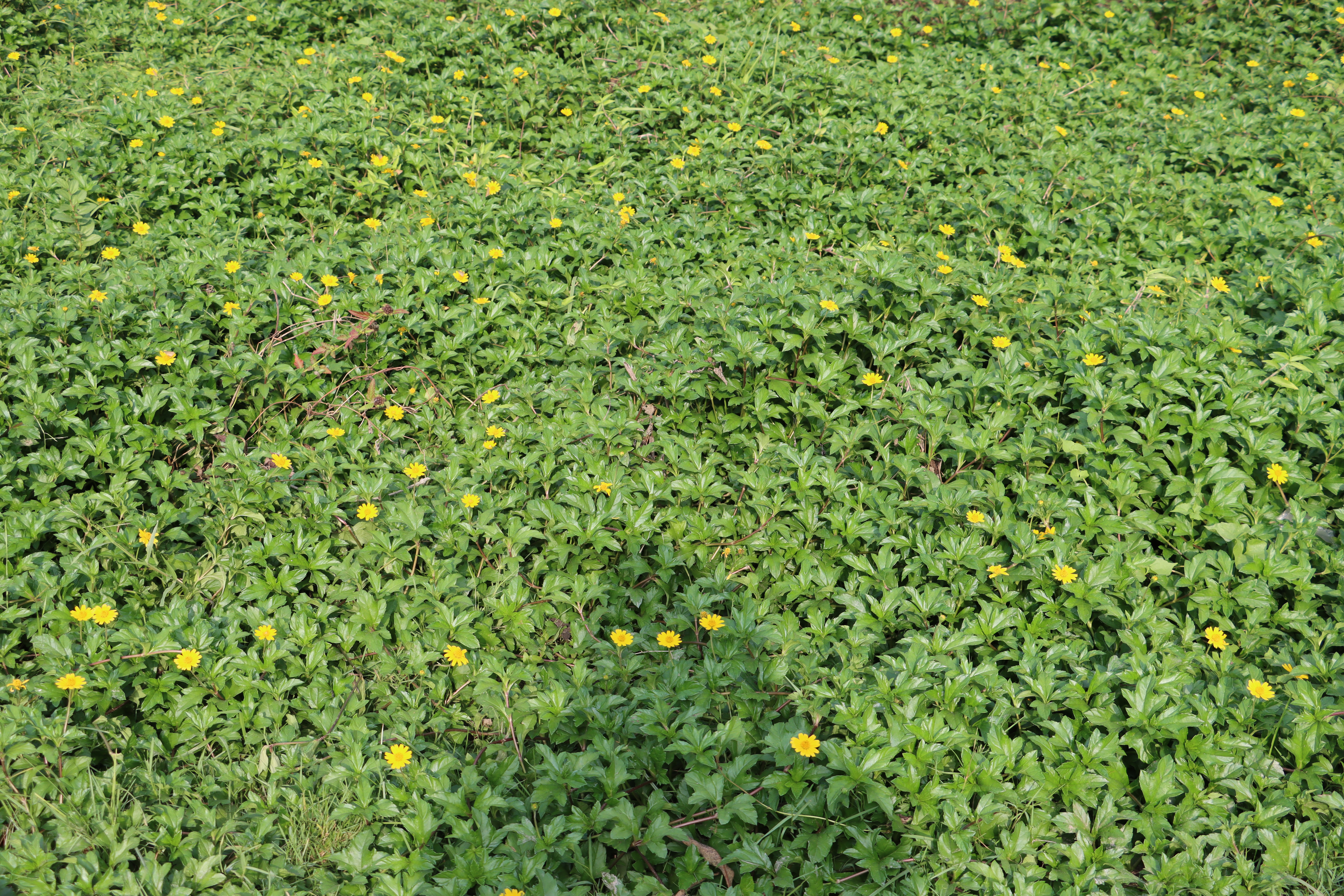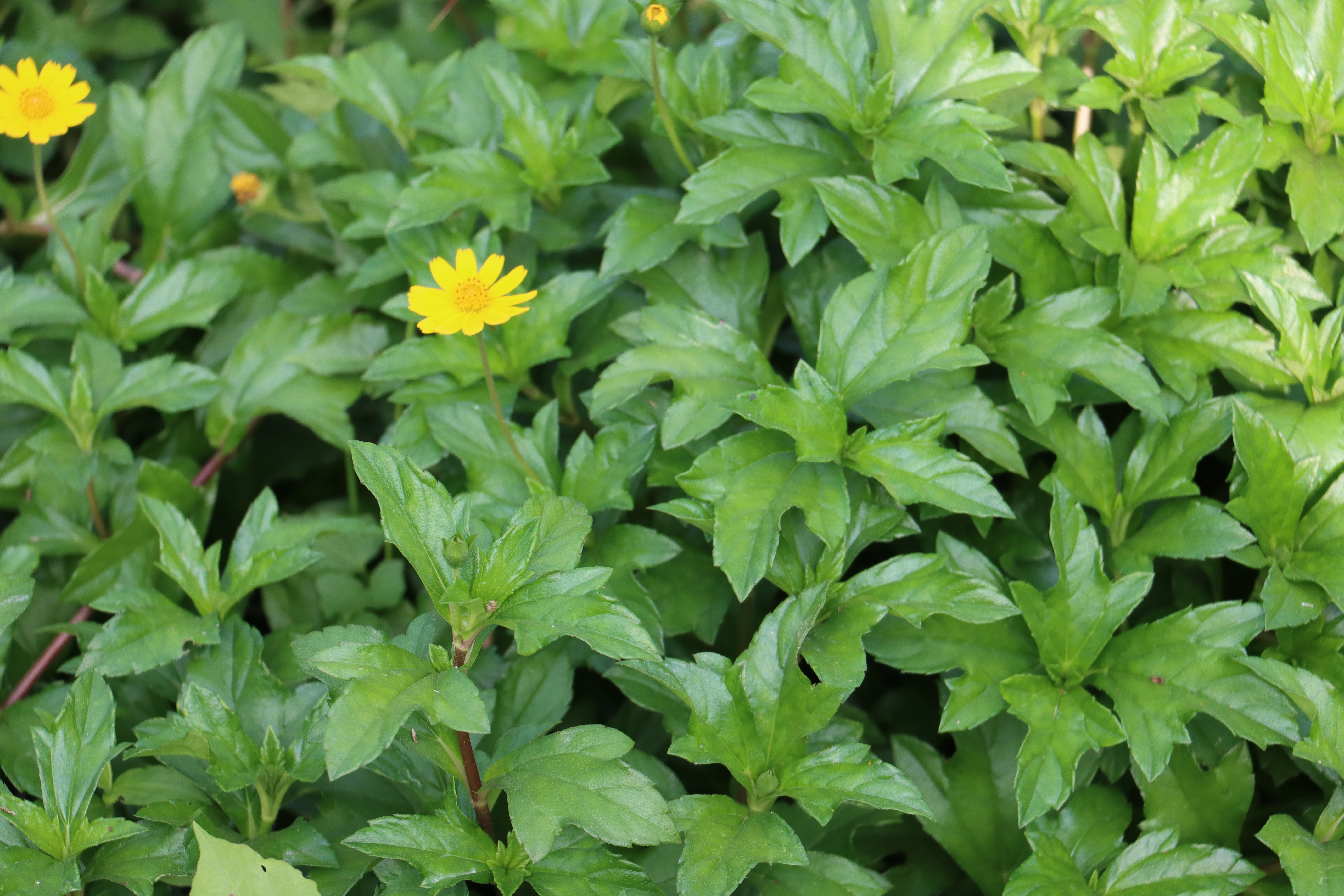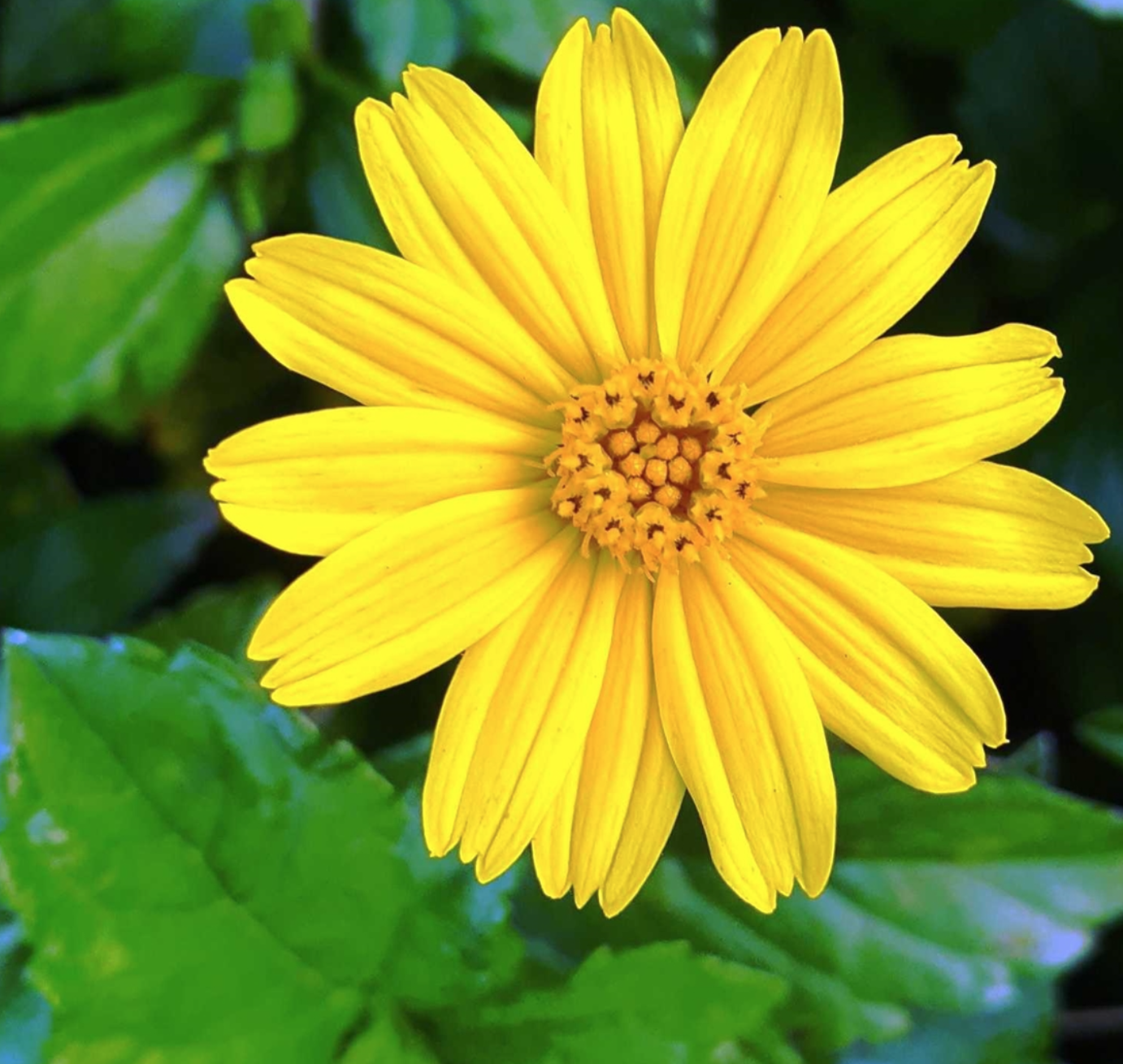

Identification Notes




EPPO CodeWEDTR |
Life CyclePerennial |
MorphologyStems and Leaves: The stems are rounded, green or reddish in colour, and may be somewhat hairy (i.e. strigose or hirsute) to almost hairless (i.e. sub-glabrous). They grow up to 2 m long and regularly develop roots (i.e. adventitious roots) at their joints (i.e. nodes). Short, semi-upright (i.e. ascending), flowering branches are produced off these creeping (i.e. prostrate) stems. The oppositely arranged leaves are stalkless (i.e. sessile) or borne on short stalks (i.e. petioles). These leaves (40-180 mm long and 15-80 mm wide) usually have three lobes and irregularly toothed (i.e. serrated) margins . They are glossy in appearance, mostly hairless (i.e. glabrous), and slightly fleshy (i.e. succulent) in nature. Flowers and Fruit: The bright yellow to orange-yellow flower-heads (i.e. capitula) are daisy-like in appearance and borne singly on upright stalks (i.e. erect peduncles) 3-15 cm long. Each flower-head (20-35 mm across) has 8-13 yellowish 'petals' (i.e. ray florets) that are 6-15 mm long with finely toothed tips. In the centre of these flower-heads there are numerous tiny yellow tubular flowers (i.e. tubular florets) 4-5 mm long. The base of each flower-head (i.e. capitulum) is enclosed in a row (i.e. involucre) of narrow (i.e. lanceolate) green bracts (about 1 cm long). Flowering occurs throughout the year, but is most common from spring through to autumn. The 'seeds' (i.e. achenes), when present, are 4-5 mm long and topped with a crown (i.e. pappus) of short fringed scales. They are elongated in shape, brown in colour and have a rough (i.e. tuberculate) surface texture. However, very few seeds reach maturity in cultivated or naturalised plants in Australia. Reproduction and Dispersal: This plant usually reproduces vegetatively by stem fragments, while viable seeds are rarely produced. Stem fragments readily take root where they come into contact with the ground and can develop into new plants. Such segments are commonly spread in dumped garden waste, by mowing and slashing, and during floods. |
Growing seasonRabi & Kharif |
Germination periodJanuary - December |
Flowering periodVivacious species that blooms almost all year, especially from September to November |
PropagationBy stem fragments |
HabitatA very important invasive weed; a perennial creeping plant forming extensive, dense ground cover, crowding out other species. A weed of urban bushland, closed forests, forest margins, open woodlands, waterways, lake margins, wetlands, roadsides, disturbed sites, waste areas, vacant lots, and coastal sand dunes in tropical and sub-tropical regions. It may also grow into lawns, footpaths and parks from nearby gardens. Said to prefer well-drained, moist soil, and sunny areas, but also reported to be equally suited to dry sites. In the Pacific islands, it has become invasive along streams, canals, the margins of mangrove forests and in coastal vegetation. |
Weed potentialWedelia is a significant invasive weed. Sphagneticola trilobata is listed in the IUCN's “List of the world's 100 worst invasive species”. Its main impact is the damage it causes to the environment and to biodiversity. It grows rapidly, excluding other vegetation, as well as smothering native species; this is seen in Pacific island countries, the Caribbean, the USA, West Africa, and Asia. There is an economic impact, too: the cost of control of this invasive weed, although exact figures are unavailable.It is a noxious weed in agricultural land, along roadsides urban waste places and other disturbed sites. It is also invasive along streams, canals, along the borders of mangrove swamps and in coastal vegetation. |
Control measureBIOSECURITY: There is a high risk of introduction of this weed. Countries not yet infested by wedelia should consider all likely pathways for entry, and apply quarantine measures accordingly. Special consideration should be given to people spreading this weed as an ornamental, for ground cover (it is readily available via the internet), or for use in traditional medicines. Sphagneticola trilobata is a restricted invasive plant under biosecurity acts in some parts of Australia; this means - a person must not release these invasive plants into the environment, give away or sell as a plant or something infested with its seeds. Sphagneticola trilobata is among the 100 of the World's Worst Invasive Alien Species compiled by the Global Invasive Species Database, maintained by the IUCN Invasive Species Specialist Group, 2020. BIOLOGICAL CONTROL Little known. CULTURAL CONTROL Physical & Mechanical Slashing will slow growth, but not prevent it; note, stems pieces will root and form new plants; they should be collected and burnt. Hand-pulling is effective on small areas where follow-up is possible to control seedlings and plants growing from stem pieces. Stripping the top few cms of soil is effective, but costly, and requires the same post-treatment care as hand-pulling. CHEMICAL CONTROL In Australia, glyphosate; metsulfuron-methyl (and Fiji); and glyphosate + metsulfuron-methyl are registered (or under permit), but follow-up applications are said to be necessary as some underground stems will survive and regrow. In other countries, recommendations also include, 2,4-D; dicamba; triclopyr. |
Recommended herbicide- |
DistributionAfrica, Asia, North, South and Central America, the Caribbean, Europe, Oceania. It is recorded from Australia, American Samoa, Cook Islands, Federated States of Micronesia, Fiji, French Polynesia, Guam, Kiribati, Marshall Islands, Nauru, New Caledonia, Niue, Northern Mariana Islands, Palau, Papua New Guinea, Samoa, Tokelau, Tonga, and Vanuatu. Wedelia is native to Mexico, Central America, the Caribbean and tropical South America. |
Medicinal propertiesPharmacological reports revealed that this plant has antioxidant, analgesic, anti-inflammatory, antimicrobial, wound healing, larvicidal, trypanocidal, uterine contraction, antitumor, hepatoprotective, and in the treatment of diabetes, menstrual pain and reproductive problems in women (Balekar et al. 2014). |
References[1] Balekar, N., Nakpheng, T., & Srichana, T. 2014. Wedelia trilobata L.: A phytochemical and pharmacological review. Chiang Mai Journal of Science, 41(3), 590-605. |